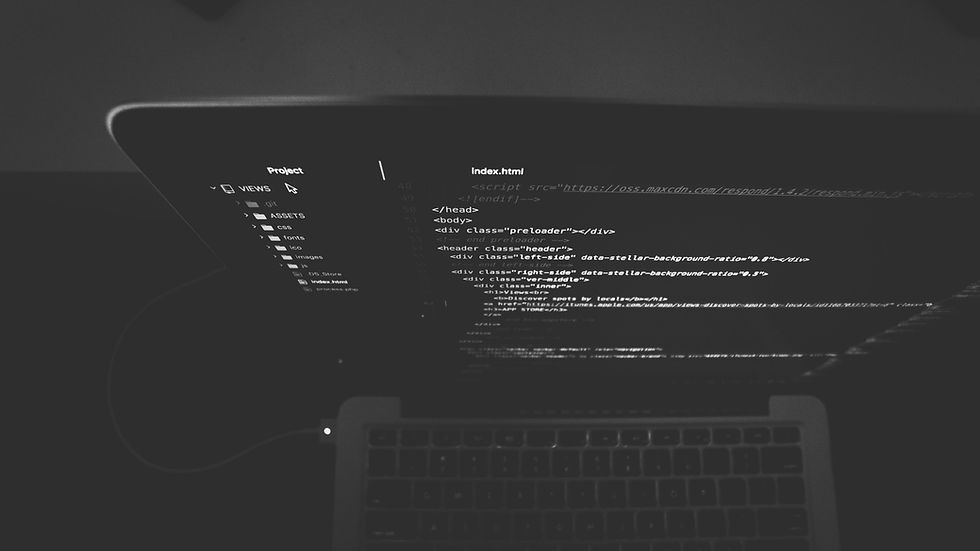
Where cyber threats are constantly evolving, traditional cybersecurity measures alone are no longer sufficient. As technology advances, cybercriminals are finding new ways to breach defences and exploit vulnerabilities. To combat these sophisticated attacks, cybersecurity professionals are turning to another technological powerhouse: artificial intelligence (AI). In this article, we will explore the role of AI in cybersecurity and how it enhances defence systems to mitigate risks and safeguard our digital assets.
Understanding Artificial Intelligence in Cybersecurity
Artificial intelligence refers to the development of computer systems that can perform tasks that typically require human intelligence, such as problem-solving, decision-making, and pattern recognition. In the realm of cybersecurity, AI is employed to analyze vast amounts of data, detect anomalies, and identify potential threats in real-time.
AI-powered Threat Detection and Prevention
Anomaly Detection
AI algorithms can learn patterns of normal behaviour within a system or network and flag any deviations as potential threats. This proactive approach allows cybersecurity systems to identify suspicious activities or anomalies that could signify an ongoing attack, even before they cause significant damage.
Advanced Malware Detection
Traditional signature-based antivirus systems often struggle to keep up with rapidly evolving malware. AI-driven systems leverage machine learning algorithms to analyze the characteristics and behaviours of known malware and detect previously unseen variants. This enables early identification and mitigation of zero-day attacks.
Behavioural Analysis
AI can monitor and analyze user behaviour to identify deviations from normal patterns. By creating user profiles and detecting anomalies in real-time, AI algorithms can quickly identify unauthorized access attempts or suspicious activities, helping prevent data breaches.
AI-powered Incident Response
Automated Threat Mitigation
AI algorithms can autonomously respond to cyber threats by automatically blocking suspicious IP addresses, isolating compromised systems, or triggering additional security measures. This automated incident response not only saves valuable time but also reduces the potential for human error.
Intelligent Security Analytics
AI enables security analysts to focus on higher-level tasks by automating routine analysis and investigation processes. AI-powered systems can process large volumes of security logs, network traffic, and system events to identify patterns, correlations, and indicators of compromise, providing valuable insights for effective incident response.
Improving Cybersecurity Operations
Vulnerability Management
AI can assist in identifying vulnerabilities in systems and networks by scanning and analyzing vast amounts of data, including security advisories, software updates, and threat intelligence feeds. This proactive approach helps prioritize and remediate vulnerabilities before they are exploited by attackers.
Threat Hunting
AI algorithms can assist security analysts in proactively searching for and identifying potential threats within an organization's environment. By continuously monitoring network traffic, user behaviour, and system logs, AI-powered systems can assist in uncovering hidden threats that may have evaded traditional security measures.
Challenges and Ethical Considerations
While AI brings significant advancements to cybersecurity, there are challenges and ethical considerations to address. Privacy concerns, bias in AI algorithms, and the potential for attackers to exploit AI systems are important factors to consider. Striking a balance between security, privacy, and ethical practices is crucial when implementing AI-powered cybersecurity solutions.
Conclusion
Artificial intelligence has emerged as a powerful ally in the battle against cyber threats. Its ability to analyze massive amounts of data, detect anomalies, and automate incident response significantly strengthens defence systems. By leveraging AI's capabilities, organizations can enhance their cybersecurity posture, detect threats in real-time, and respond swiftly to mitigate risks. However, it is essential to approach AI implementation in a responsible and ethical manner, ensuring transparency, privacy, and continuous monitoring to stay one step ahead of cybercriminals. As the threat landscape evolves, AI will continue to play an instrumental role in fortifying our digital defences and protecting our valuable digital assets.





Comments